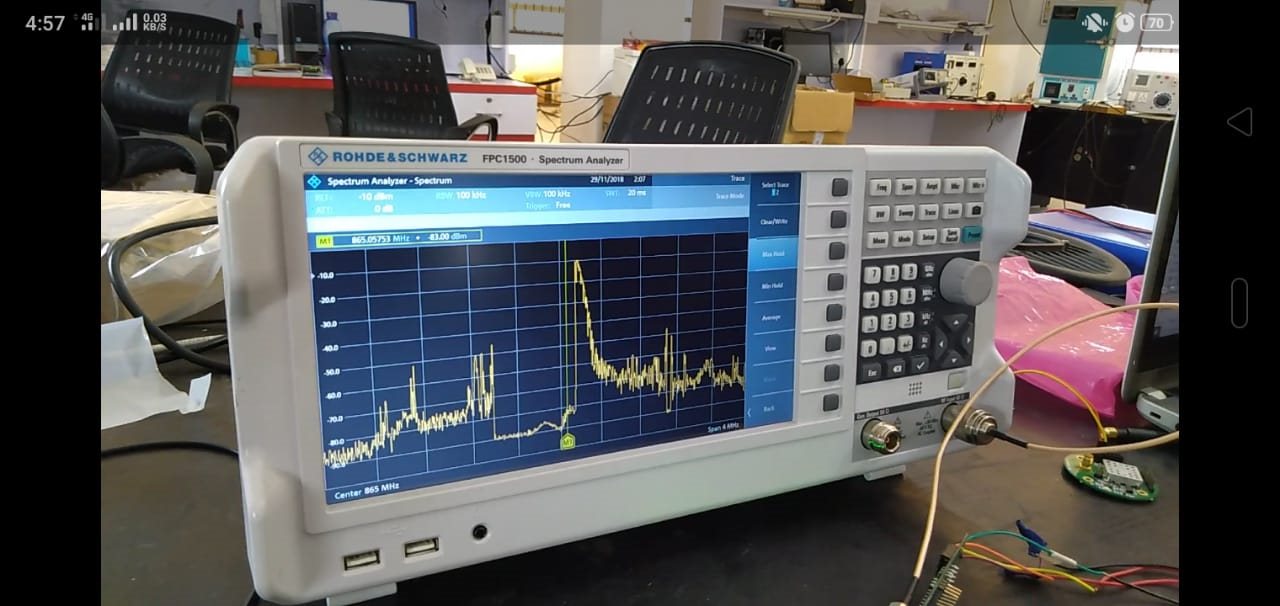Hi All,
We designed and developed a project using CC1310. In this project, we built custom boards as per the CC1310 with help from Application Report SWRA524A. The boards are 4-layer impedance controlled boards. Pictures of schematics, layout, board stackup and component list are attached.
On testing of these custom boards (one used as transmitter and another one as receiver) we are not getting expected range for communication. We require range of about 400 to 500 meters in outdoor application (Line of Sight), but we are getting the range around 75 meters only. Our RF bit rate is about 50Kbps.
We analyzed the boards on Network Analyzer and observed that VSWR and return loss are not good for our working frequency band which is 865 to 867 MHz. For this frequency band we are getting the VSWR around 4.8, which is way too high. VSWR was below 2 for frequency range of 1.102 GHz to 1.152 GHz. The dip was at frequency of around 1.13 GHz where VSWR was below 1.5. The return loss also showed a dip at that frequency (-20 dB), whereas it was high for 865 to 867 MHz (-4bB). Pictures for VSWR and return loss are attached.
Kindly let us know if we have done anything wrong with the schematics, components or layout. Please provide suggestions to resolve this issue and get good VSWR and Return loss numbers for frequency band of 865-867 MHz, so that it improves the communication range to exceed our expectations.
Thank you.
Kashif





